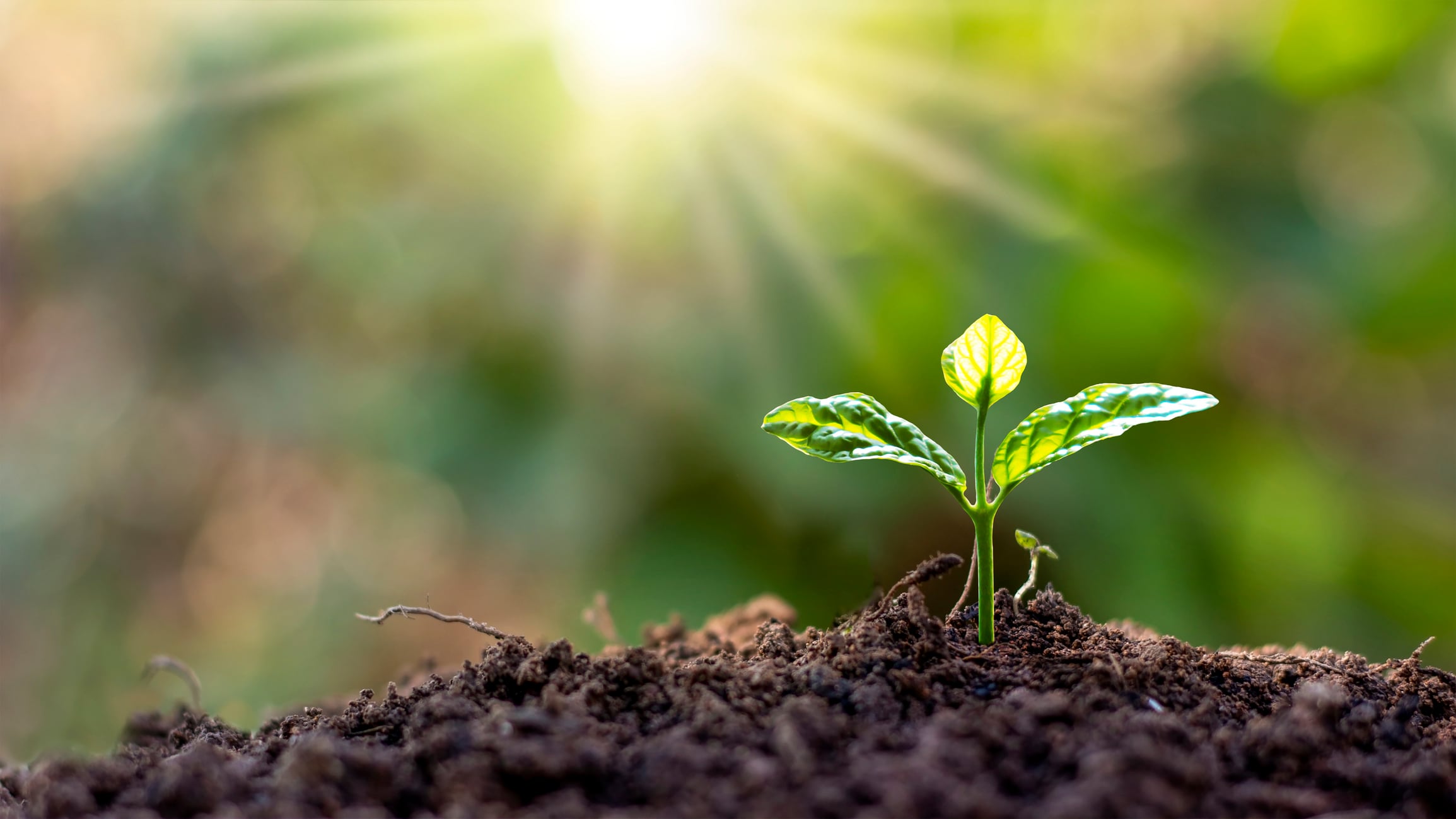Flexible, long-life, and single serve packaging formats are allowing brands to explore new consumption occasions.
As an example, Dole’s Fruit Pops are packaged in aseptic packs that can be stored at ambient temperatures, chilled, or frozen – depending on whether it is taken as regular juice, a cocktail mixer, or a popsicle.
Yeo’s also launched a limited edition orchid chrysanthemum tea – featuring Singapore’s iconic Supertrees, Merlion, and orchid on its packaging – to celebrate the nation’s 60th birthday.
The shift to recyclable, bio-based, and flexible packaging is both practical and essential, shaped by evolving legislation and consumer demand, said food processing and packaging giant Tetra Pak.
“In South East Asia, packaging is evolving from a mere protective container to a strategic enabler of innovation and competitiveness. As younger consumers increasingly demand ready-to-drink options, freshness, convenience, and align with eco-conscious values, packaging solutions must be agile, sustainable, and consumer centric,” said John Jose, marketing director for Tetra Pak Malaysia, Singapore, Philippines & Indonesia.
He shared that the firm uses certified recycled polymers in some carton components, like caps and coatings, in response to consumer demand for recyclable materials.
However, the pace of adoption can vary significantly across the region.
“In markets where recycling infrastructure is less developed, the transition is more challenging. This is why collaboration between industry, brands, and governments is vital to expand collection and recycling systems that support circularity,” said Jose.
Addressing challenges to adopting recyclable packaging
Packaging Recovery Organisations (PROs) can help strengthen circularity, demonstrating that sustainability is a shared responsibility.
Tetra Pak partnered with KPT Recycle to launch the “Sort & Drop” project in Ipoh, Malaysia’s first beverage carton recycling project for F&B outlets in malls where vendors can drop off used beverage cartons at designated collection points, promoting sustainable practices among local businesses.
The firm’s collaboration with PRO Thailand and the Green Shelter project covers 49 provinces nationwide. The initiative repurposes used beverage cartons into construction materials, benefiting local communities while contributing to a circular economy.
Similarly in the Philippines, the Cartons for Communities programme has partnered with 15 local government units to promote carton recycling and sustainability, doubling recycling volumes compared to the previous year.
“Overall, the Asia Pacific region is showing a positive shift towards renewable and recyclable packaging, but there is more work ahead,” said Jose.
“However, what is needed is stronger collaboration and investment to ensure the supporting infrastructure and expansion of recycling networks keeps pace with consumer expectations and legislative requirements.
Regulatory landscape in Asia Pacific
The region is strengthening requirements around recyclability and circularity, in line with global frameworks such as the European Union’s Packaging and Packaging Waste Regulation (PPWR).
The Packaging and Packaging Waste Regulation (PPWR)
The PPWR, effective from mid-2026, will replaces the existing Packaging and Packaging Waste Directive (PPWD).
The new rules include:
- Restrictions on certain single-use plastics, such as pre-packed fruit and veg weighing less than 1.5 kg and individual portions of condiments, sauces, and sugar.
- Minimising the weight and volume of packaging and avoiding unnecessary packaging.
- 2030 and 2040 targets for a minimum percentage of recycled content in packaging.
- A requirement for take-away businesses to offer customers the option to bring their own containers at no extra cost.
- Minimising substances of concern, including restrictions on packaging containing per- and polyfluorinated alkyl substances (PFAS) if they exceed certain thresholds.
The PPWD will be repealed 18 months after the PPWR enters into force. However, some provisions of the existing regulation will continue to apply even after that date.
Source: The European Commission
South Korea’s Act on the Promotion of Saving and Recycling of Resources, last updated in March 2025, provides financial incentives for recycling businesses.
The International Energy Agency (IEA) gives a summary for the Act, which includes certain compliance regulations.
For instance, anyone who makes, imports, or sells unapproved packaging materials or products that have been ordered off the market can face up to one year in prison with compulsory labour or a fine of up to 10 million won.
Japan has existing laws and support systems for promoting waste recycling, which covers recycling guideline for disposable plastics and illegal dumping.
“Businesses can meet the requirement by recycling waste items either by themselves or by paying the recycling fee to the Japan Containers and Packaging Recycling Association (The JCPRA), a government-designated organization established under the act, and outsourcing the operation to the JCPRA,” wrote Prof Akira Hibiki in Recycling Laws and Their Evaluation in Japan.
Prof Hibiki added that businesses engage in recycling voluntarily as part of market transactions if it is profitable for them to do so. However, the recycling of some products may result in additional costs, hindering voluntary initiatives among businesses. Government intervention will be needed in such situations to assist their recycling practices.
The Australian Packaging Covenant Organisation (APCO) is in charge of managing and administering the Australian Packaging Covenant (the Covenant), which is a national regulatory framework under the National Environment Protection (Used Packaging Materials) Measure 2011 (NEPM).
This framework defines the collective responsibility shared by governments and businesses across Australia in managing the environmental impact of packaging.
Australia’s packaging framework blends incentives with regulation. Food firms that join the Australian Packaging Covenant can strengthen consumer trust and cut costs through recyclable design, while the NEPM ensures non-participants face stricter state-level obligations.
This mix of incentives and enforcement motivates firms to embrace more sustainable packaging practices while avoiding higher compliance costs or reputational risks.





